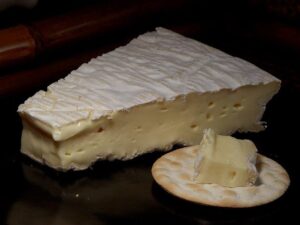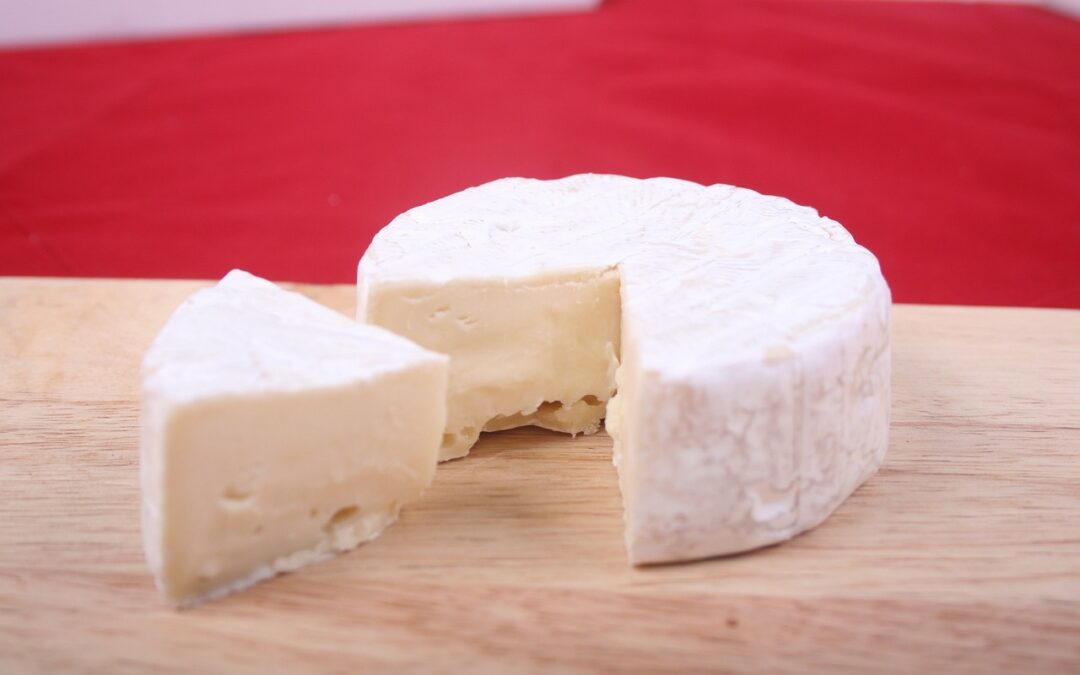By Bob Lipinski
“How can you govern a country which has 246 varieties of cheese?” — Charles de Gaulle, 1890-1970, President of France, 1962 speech
According to popular legend, Emperor Charlemagne first tasted Brie in around 774 at a monastery and fell in love with its creamy flavors and inviting texture. Stories place Brie’s origins several hundred years earlier, but these stories are unproven.
At the Congress of Vienna (1814-1815), a jury of ambassadors each brought a cheese from their respective countries for a judging. France’s statesman (at the time), Talleyrand, brought Brie and after a vote, the conference delegates proclaimed it the King of Cheeses.
Brie, a double-crème cow’s milk cheese, originates from the French province of Brie in the department of Seine-et-Marne, northeast of Paris. It is also produced in the United States and other countries.
Brie encompasses a group of cheeses that are named after the towns or villages in which they are produced. The finest Brie is generally considered to be Brie de Meaux (PDO 1980) while another variety is Brie de Melun (PDO 1980).

Brie de Meaux
Prior to aging, the small or large wheels of cheese are washed with a salt brine, then rubbed or sprayed with a culture of pure-white mold spores. After that, the cheeses go to the curing room for many months of aging. Brie has a thin, edible, white rind (referred to as “bloomy”), with a creamy yellow interior.
Brie’s texture is soft and smooth, almost honey-like, but definitely not runny. It is mild to pungent tasting with hints of mushrooms, cognac, heavy cream, nuts and even truffles. As Brie ages, its white rind becomes brown, and it may emit an ammonia odor. This odor is not necessarily objectionable. When left at room temperature for about one hour, Brie achieves a runny consistency with a buttery and earthy flavor, making it highly spreadable. It is sometimes flavored with herbs, peppers, and mushrooms.
Below is a recipe I created for Baked Brie that is sure to be a highlight at any gathering.
Baked Brie with White Zinfandel Wine
- 1 wheel of Brie cheese (1 ½ to 2 pounds)
- 1 teaspoon fresh lemon juice
- ⅓ cup apricot or peach preserves, puréed
- ½ cup raisins, soaked for 24-hours in 1 cup of white Zinfandel wine
- ⅓ cup almond slivers or coarsely chopped pecans
Preheat the oven to 425°F. With the aid of a sharp knife, carefully remove the top rind of the cheese and immediately brush it with lemon juice. Spread a thin layer of apricot or peach preserves on the cheese and place the drained raisins in the center of the Brie. Arrange the almonds or pecans in a circular pattern around the raisins. Place it in the oven for 7 to 10 minutes. After removing, allow it to rest for 10 minutes before serving with crackers.
Brie is similar to Camembert (France), Coulommiers (France), Crèma Danica (Denmark), and Paglia (Italy).
Brie is a very versatile cheese and pairs with a multitude of wines including some reds — Cabernet Franc, Gamay, Grenache, Merlot, Pinot Noir, Sangiovese, and Zinfandel. White wines include Chardonnay, Chenin Blanc, Gewürztraminer, Pinot Gris, Riesling, and Sauvignon Blanc. Let’s not forget Champagne and sparkling wines.
Bob Lipinski is the author of 10 books, including “101: Everything You Need to Know About Whiskey” and “Italian Wine & Cheese Made Simple” (available on Amazon.com). He conducts training seminars on Wine, Spirits, and Food and is available for speaking engagements. He can be reached at www.boblipinski.com or bkjm@hotmail.com.


 Bob Lipinski, author of 10 books; writes, consults, and conducts training seminars on Wine, Spirits, and Food and is available for speaking engagements.
Bob Lipinski, author of 10 books; writes, consults, and conducts training seminars on Wine, Spirits, and Food and is available for speaking engagements.
Recent Comments